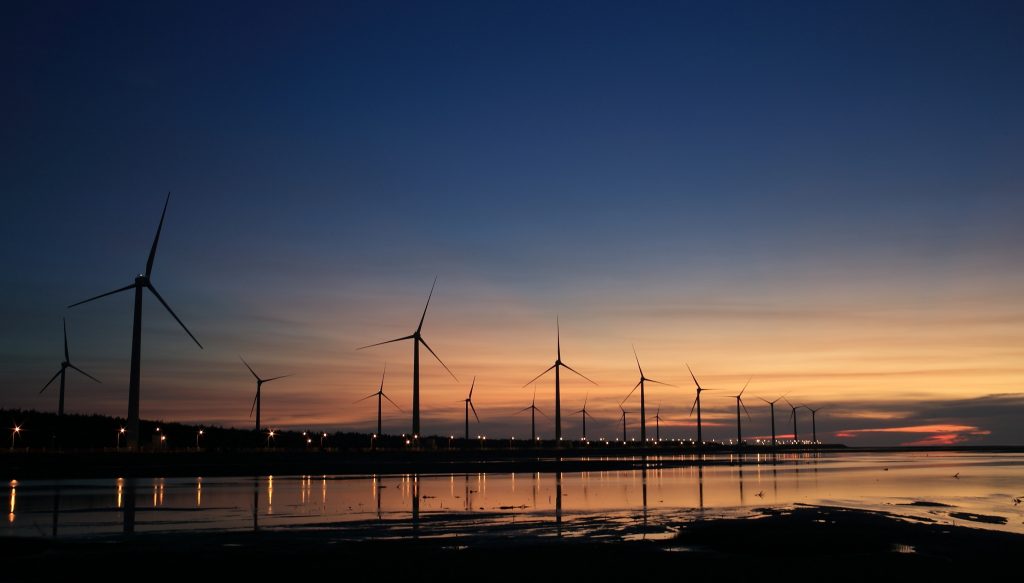
Wind is the product of air movement from a high pressure area to a lower pressure area. In reality, wind exists since the sunlight unevenly heats the surface of the planet. As warm air rises, cooler air moves in to fill the void. So long as the sun shines, the wind will soon blow. And wind has served as a power source to individuals.
Historical mariners used sails to catch the end. Farmers once used windmills to grind their grains pump water. Today, more and more wind turbines wring electricity in the wind. Over the past decade, wind turbine usage has increased over 25 percent per year. Still, it merely provides a small fraction of the world’s energy.
In Australia and the rest of the world, wind converts into power by magnets moving beyond stationary coils of cable called the stator. AC electricity is produced when these magnets moved beyond the stator. It is subsequently converts into DC electricity. This will charge batteries which store the electrical energy or may feed into a grid interactive inverter for feeding power to the electricity grid.
How it Works
Most wind energy comes from turbines which may be as tall as a 20-story building and also have three 200-foot (60-meter)-long blades. The end spins the blades which turn a shaft attached to a generator that produces electricity.

A wind turbine catches the end to produce electricity. The wind makes the rotor twist; as the rotor spins, the movement of this blades drives a generator that creates energy. The movement of the blades spinning is kinetic energy. It is this power that we convert into power.
The biggest wind turbines generate enough electricity in a year (about 12 megawatt-hours) to provide about 600 U.S. homes. Wind farms have tens and sometimes hundreds of these turbines lined up in particularly windy spots. Smaller turbines built at a backyard can produce enough electricity for one residence or small business.
The Booming Wind Energy Industry
The wind is one of the most viable sources of renewable energy which produces no air or water pollution. Also, due to the added fact that wind is free, there are almost no associated operational expenses after the turbine is built. Volume production and technology improvements are becoming more economical, and many governments offer tax incentives to spur wind-energy improvement.
The Benefits of wind power
Wind power is a clean energy source that we can rely on to the long term future. The wind turbine is able to generate clean energy which is both economically effective and environmentally sustainable. It is affordable, sustainable and clean. A single wind turbine may be sufficient to create energy for a household.
Because wind is a source of electricity that’s non-polluting and renewable, the turbines produce energy without utilizing fossil fuels. That is, without generating greenhouse gases or radioactive or toxic waste.
Drawbacks include complaints from locals that wind turbines are ugly and noisy. The rotating blades may also kill birds and bats, but not nearly as destructive as cars, power lines, and high tech buildings do. The end is also variable: When it is not blowing, there is no electricity generated.
Nevertheless, the wind energy industry is booming. Thanks to global efforts to combat climate change, like the Paris Agreement, renewable energy is seeing a boom in growth, with wind energy leading the way. From 2000 to 2015, accumulative wind capacity across the world increased from 17,000 megawatts to more than 430,000 megawatts. In 2015, China also surpassed the EU in the amount of installed wind turbines and continues to lead installment attempts.
Industry experts predict that if this rate of growth continues, by 2050 one third of the planet’s electricity needs will be fulfilled by wind power.





